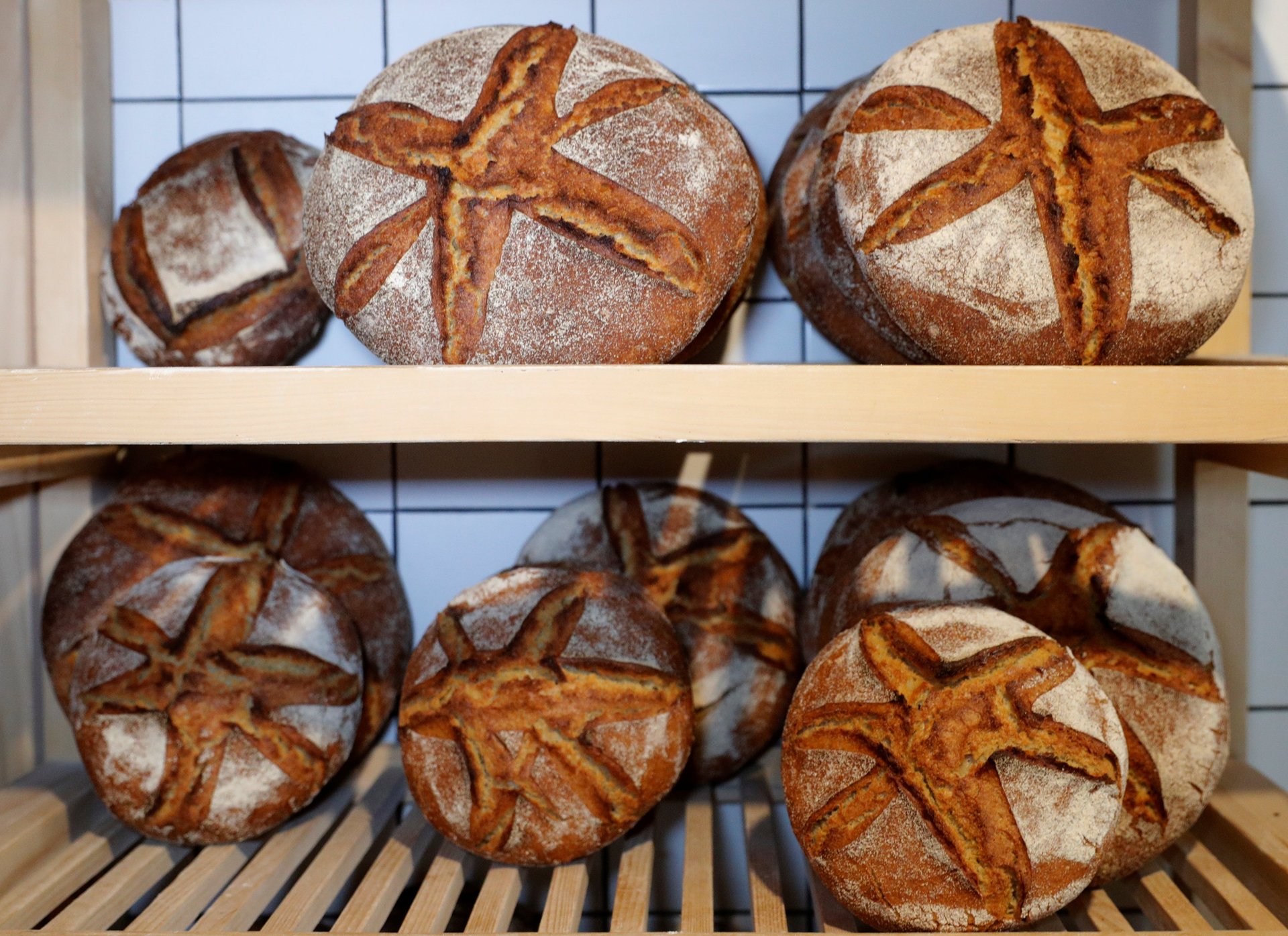The hot grocery item no one can find? Active dry yeast
As people around the world settle into their homes to wait out the viral spread of Covid-19, a practical new pastime is gaining popularity. Long-time kneaders or crash-course hobbyists, there are many bread bakers among us.


As people around the world settle into their homes to wait out the viral spread of Covid-19, a practical new pastime is gaining popularity. Long-time kneaders or crash-course hobbyists, there are many bread bakers among us.
That much can be surmised from people tweeting with shock from the baking aisles of their grocery stores. In parts of the United Kingdom, France, Denmark, Germany, Italy, Spain, and the US, people have stocked up on so much active dry yeast that it has become—at least temporarily—a precious, hard-to-find commodity.
“There’s been a run on it,” says Bob Moore, founder of Bob’s Red Mill, an Oregon-based whole grain foods company that counts yeast among its products. “It’s just that everybody wants to make bread at home, I guess.”
Moore says he hasn’t seen a buy-up of his products like this since the Y2K scare. But he’s careful to note that there is not a long-term shortage of yeast: It’s a matter of giving the supply chain time to catch up with the sudden spike in demand. For his company, Moore says it takes about 50 days for suppliers to grow and ship a batch order of yeast from the moment it’s ordered.
As an ingredient, yeast is just a single part of the complex global food supply chain that’s working in overdrive. In the Middle East, the Israel Fruit Growers Association says its members are working around the clock. In Canada, growers of cherries, peaches, apricots, nectarines, pears, and apples weren’t sure they’d have enough laborers on hand to harvest their food. The federal minister of public safety alleviated that concern by allowing foreign agricultural workers to come into the country.
For yeast makers, the job is no different.
Sherri Merrill, who oversees product procurement and supply chain issues for Bob’s Red Mill, says that the mass purchasing of yeast in the US changed the usual rhythm the company is accustomed to for keeping stores stocked.
“It’s going to be a minute for the supply chain to react to so much more demand in such a short amount of time,” Merrill says.
Growing yeast is simple (pdf) in theory. On a basic level it involves feeding sugars to a strain of pure yeast. At industrial scale, though, the process is involved. The initial stage takes place in a laboratory, where the culture is mixed with molasses malt in a flask. Then it is transferred to a series of fermenters of differing sizes where the yeast is batch-fed higher volumes of sugar.
After the fermentation stage, the yeast is centrifuged, separating the solid matter from liquid byproduct, and then it’s aerated. The yeast then goes through a filter press, and can then be dried and packaged as a coarse powder. It often comes in re-sealable bags, small bottles, or single-use packets.
Dry yeast is fresh yeast that’s been pressed and dried to the point that it won’t become “active” until it’s mixed with warm water. Once it’s in the dough, the yeast creates little carbon dioxide bubbles, which spurs the resulting bread to rise.
Until the shelves are restocked, people will have find other, non-yeast baking projects, grow their own starter, barter for yeast, or just hold out for more.